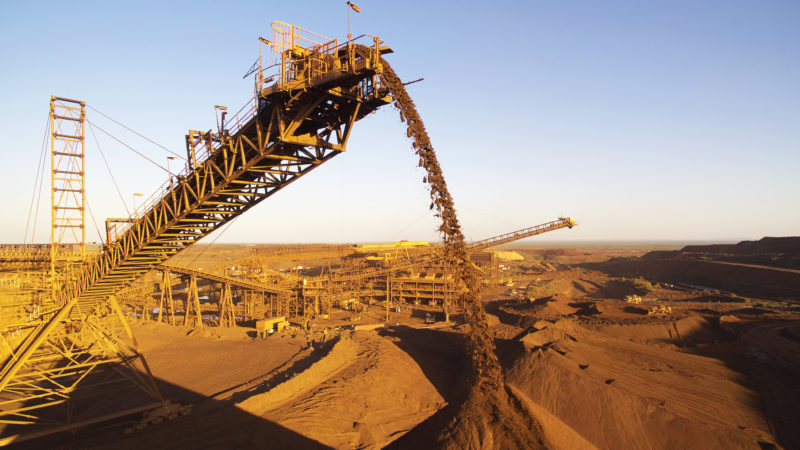Though mining and metal companies are under pressure to decarbonize from investors, a study by S&P Global finds that progress is patchy. Some of the globe’s largest mining companies by market capitalization are yet to align their goals with the target to achieve net-zero emissions by 2050.
The 2015 Paris Agreement on climate change seeks to restrict global warming this century to under 2°C above pre-industrial levels, and ideally to 1.5°. Furthermore, a January estimate by McKinsey & Co said mining is responsible for 4% to 7% of global greenhouse Scope 1 and Scope 2 emissions. Those percentages balloon to 28% if Scope 3 emissions are included.
With mining being the starting point in the supply chain for the global economy, the sector is critical for global decarbonization.
However, S&P’s analysis of 30 of the largest miners found that only eight had formulated a net-zero target, while the others had widely differing strategies towards control of emissions.
On the other hand, there are also signs that miners are taking action. Steps include recycling, technological innovation, localizing supply chains, reducing water usage, and divesting exposure to high-carbon commodities such as coal.
Since energy is a major expense item, miners are also replacing fossil fuels with renewables. These are very inexpensive to run once the investment is made.
For example, Wheaton Precious Metals Corp confirmed to S&P Global that its operations are already carbon neutral.
“We look for programs to minimize energy use and to introduce renewable energy options such as solar power, which is increasingly being used in remote sites,” the company’s 2019 sustainability report said.
Read the S&P Global report HERE.
Image Source: Anglo-American

